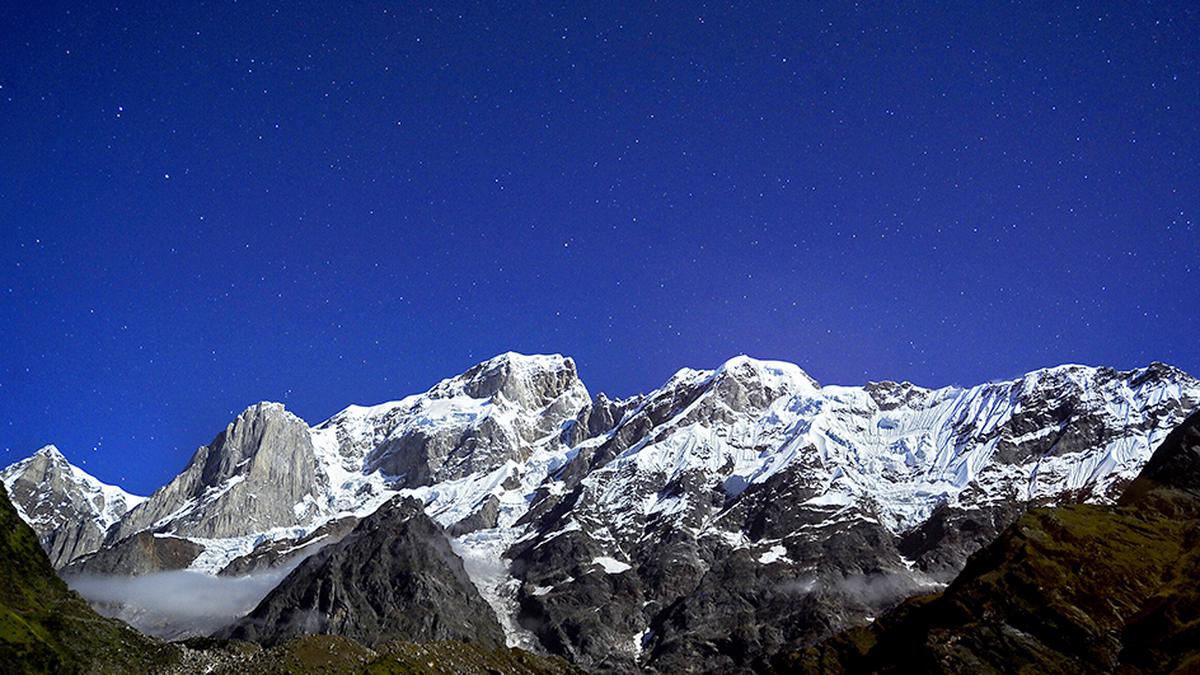
NEW DELHI: A study published in Climatic Change revealed that if global warming rises by three degrees Celsius, approximately 90 per cent of the Himalayan region is expected to undergo a drought lasting over a year. The research highlighted that following the temperature goals outlined in the Paris Agreement, limiting global warming to 1.5 degrees Celsius instead of three degrees Celsius can help avoid 80 per cent of the increased human exposure to heat stress in India.
The team led by researchers at the University of East Anglia (UEA) in the United Kingdom quantified how climate change risks to human and natural systems increase at a national scale as the level of global warming increases.
A set of eight studies, focused on India, Brazil, China, Egypt, Ethiopia, and Ghana, underscores that with each additional degree rise in global warming, the vulnerabilities to drought, flooding, reductions in crop yields, and the depletion of biodiversity and natural capital significantly increase.
It found that in India pollination is reduced by half at 3-4 degrees global warming compared to a quarter reductions at 1.5 degrees.
Limiting warming to 1.5 degrees Celsius allows half the country to act as a refuge for biodiversity, compared with 6 per cent at 3 degrees, the researchers said.
The team found very large increases in the exposure of agricultural land to drought with three degrees Celsius warming – more than 50 per cent of the agricultural land in each of the countries studied is projected to be exposed to severe droughts of longer than one year over a 30-year period.
However, limiting global warming to 1.5 degrees Celsius would reduce the increase in exposure of agricultural land to drought by between 21 per cent (India) and 61 per cent (Ethiopia) as well as reduce economic damages due to fluvial flooding. This happens when rivers and streams break their banks and the water flows out onto the adjacent low-lying areas.
The researchers warned that more effort is needed to reduce global warming, as currently the policies in place globally are likely to result in three degrees Celsius of global warming. One paper explored the risks to plants and vertebrates due to increases in global warming, and another developed a new natural capital risk register for each of the six countries that also included the projected changes in the risk stemming from future human population changes.
This combination shows that many areas in the six countries are already at high natural capital risk at 1.5 degrees Celsius when effects of increasing human population are accounted for. The findings also showed that an expansion of protected area networks is necessary in order to deliver climate resilient biodiversity conservation.
“The results presented in this collection confirm the need for the implementation of climate policies aligned to the Paris Agreement limits if widespread and escalating climate change risk is to be avoided,” said Professor Rachel Warren, lead author of the paper, from the UEA.
“They provide additional confirmation of the rapid escalation of climate change risks with global warming found in the Intergovernmental Panel of Climate Change (IPCC) 2022 report, which identifies how the risk of severe consequences increases with every additional increment of global warming,” Warren said.
Although these studies focus on the risks to six countries only, other nations are projected to experience similar issues, the researchers said.
Greater emphasis needs to be placed on both climate change mitigation and climate change adaptation to avoid large increases in risk to both human and natural systems, they said.
“For example, a good way to combat the effects of climate change on natural systems and soak up carbon from the atmosphere is to restore ecosystems to their natural state, especially if warming can be held to two degrees Celsius or less. This has the additional benefit of restoring the natural capital bank in these areas,” said study co-author Jeff Price.

